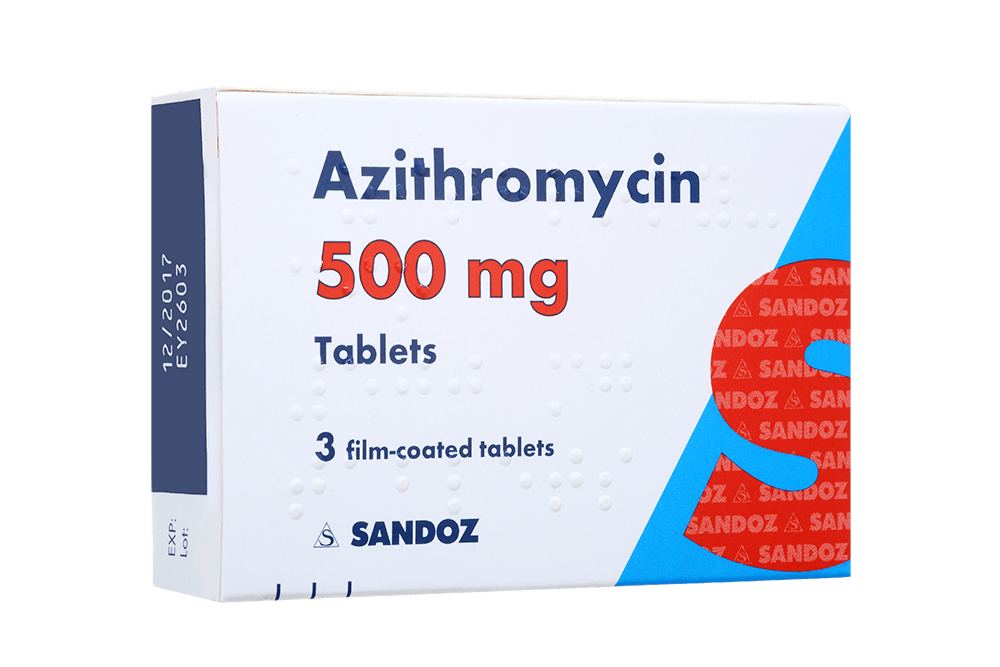- Sexually Transmitted Diseases (STDs). (2017, November 17). Retrieved November 19, 2017, from https://www.cdc.gov/std/
- Carroll, J. L. (2015). Sexuality Now: Embracing Diversity. Belmont, CA: Wadsworth CENGAGE Learning.
- Sexually Transmitted Diseases (STDs). (n.d.). Retrieved November 19, 2017, from http://www.health.state.mn.us/divs/idepc/dtopics/stds/index.html
Sunday, November 19, 2017
References
How to Prevent STI's
- Taking all of this information about STI's into consideration, it is clear that preventing them from happening in the first place is ideal.
- Abstinence is one of the most reliable ways to prevent STI's but it is not always realistic for people, so other forms of preventive measures may be necessary.
- Condom use that is consistent and done correctly, can help prevent STI's.
- It is also helpful to choose to be in a monogamous relationship. Open and honest communication is crucial.
How common is Chlamydia?
- As of 2012, there have been 1,422,976 cases of chlamydia reported (CDC.gov)
- Adolescents and young adults tend to have higher rates of chlamydia.
- Women are reported to have the infection more than men, and different racial groups have found to have different chlamydia rates.
Friday, November 17, 2017
Chlamydia Treatment Options
- Unlike HPV, Chlamydia is a treatable STI.
- Antibiotic medication such as Azithromycin are commonly used to treat Chlamydia.
- When taken as directed, the medication will eliminate the infection.
Chlamydia Symptoms
- Symptoms are not always present in a person who has chlamydia.
- It is common for women in particular to not experience any symptoms.
- Common symptoms include a burning sensation when urinating, as well as abnormal discharge from a penis or vagina.
- Chlamydia is able to infect the following: penis, cervix, vagina, anus, urethra, eye or even throat. (Carroll 2016).
Chlamydia
- Chlamydia is a common bacterial-linked STI.
- It can be spread through sexual contact such as vaginal/anal intercourse, or oral sex.
How Common is HPV?
- HPV is actually the most common STI that most people will encounter at some point in there life.
- According to the CDC, "About 79 million Americans are currently infected with HPV and about 14 million people become newly infected each year".
Preventive Measures
- The Human Papillomavirus Vaccine is a form of protection against any diseases HPV may cause, including forms of cancer.
- According to the MN Department of Health, " HPV vaccination is routinely recommended for adolescents ages 11 and 12 years."
HPV Treatment Options
- When it comes to the HPV virus itself, there is no current treatment for it (CDC.gov)
- Symptoms such as genital warts can be treated with prescription medication.
- Note: If left untreated genital warts may react by either staying the same, going away or even multiply.
- HPV related pre-cancer (Most commonly cervical pre-cancer), can be treated if detected early enough. It is important to be consistent with check up's such as pap smears to look for things such as this.
Thursday, November 16, 2017
HPV Symptoms
- Some people who have HPV do not even show symptoms for it, in fact most people do not show any symptoms at all.
- It is important to note that whether or not a person has the symptoms visible, if they have HPV it is still very much capable of spreading to others through sexual contact.
- Possible symptoms can include genital warts (which is related to the low-risk type of HPV).
- The high-risk type of HPV can lead to different forms of cancer. However, cervical cancer is the most common one which is only recommended to be tested for in women 30 and above according to the Centers for Disease Control and Prevention.
HPV
What is HPV?
- HPV is short for the Human Papillomavirus
- HPV can be transmitted through sexual contact such as vaginal/anal intercourse, oral sex and even vulva-to-vulva contact (Carroll, 2016).
- It is also the most common sexually transmitted infection in the United States (CDC.gov)
Wednesday, November 15, 2017
Did you know?
According to the
CDC, "youth ages 15-24 make up just over one quarter of the sexually
active population, but account for half of the 20 million new sexually
transmitted infections that occur in the United States each year".
The Basics
- STI is short for Sexually Transmitted Infections.
- There are several different types of STI's that exist ranging from bacterial linked infections, to viral linked infections.
Subscribe to:
Posts (Atom)











